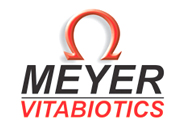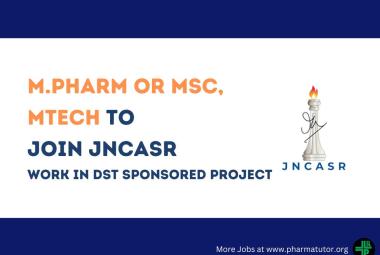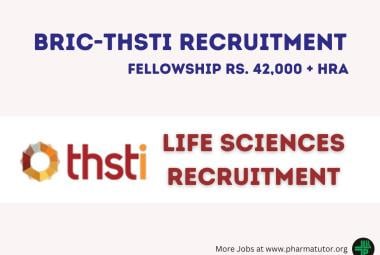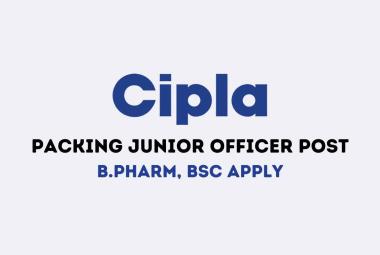PRESCRIPTION PATTERN OF ANTIBIOTICS IN PAEDIATRIC WARDS OF A TERTIARY HOSPITAL IN NORTH WEST NIGERIA : A RETROSPECTIVE STUDY
{ DOWNLOAD AS PDF }
 ABOUT AUTHORS
ABOUT AUTHORS
A.H Ahmed (1), Y.I Alkali (2) U.M Danmusa (3)
1Department of Pharmacognosy and Ethnopharmacy, Faculty of Pharmaceutical Sciences
Usmanu Danfodiyo University, Sokoto- Nigeria
2Department of Pharmacology and Toxicology, Usmanu Danfodiyo University, Sokoto- Nigeria
3Ahmadu Bello University Teaching Hospital Zaria, Kaduna-Nigeria
ABSTRACT
The main aim of this study was to evaluate the prescribing pattern of antibiotics in pediatric patients. A retrospective analysis of patients with bacterial infections admitted into the Paediatric Wards over a period of 3months. Files of 100 patients were randomly selected and included in this study. A proforma was used for data collection, information retrieved from patients records include: Demographic Data, Culture and Sensitivity pattern, Clinical Information, Duration of Hospital Stay, Outcome, type, Class and Route of administration of antibiotics. Out of the 100 patients included in this study, 35(35%) were below one year, 50(50%) were between 1-5years and 15(15%) were between 6-12years. More patients between the ages of 1-5years were admitted with bacterial infections. Out of the 100 patients included in this study 63 (63%) were males and 37(37%) were females. Out of the 100 patients, 27(27%) had septicemia, 48(48%) bronchopneumonia, 6(6%) osteomyelitis, 14(14%) had mixed infections. The remaining patients had urinary tract infection, upper respiratory tract infection and typhoid enteritis. In a total of 229 prescriptions, only 38 (16.6%) were prescribed based on culture result. Most of the antibiotic prescriptions were based on clinical diagnosis, not on culture and sensitivity pattern. In present study 83% of antibiotics were administered by parenteral route and 17% by oral route. The Cephalosporins were the most prescribed antibiotics. Cefuroxime 63(27%) was the most frequently prescribed antibiotic. Ampicillin with Sulbactam was found to be the most frequently prescribed drug combination


 ABOUT AUTGHORS:
ABOUT AUTGHORS:  About Authors:
About Authors:  Meyer, an associate of London based multinational Vitabiotics Ltd.,is a rapidly growing Pharma Co. in India. Leading pharmaceutical manufacturer, founded in 1982 .,in technical collaboration with OMEGA-MEYER Ltd Jersey( Br. Isles). H.O. based in THANE
Meyer, an associate of London based multinational Vitabiotics Ltd.,is a rapidly growing Pharma Co. in India. Leading pharmaceutical manufacturer, founded in 1982 .,in technical collaboration with OMEGA-MEYER Ltd Jersey( Br. Isles). H.O. based in THANE







.png)


